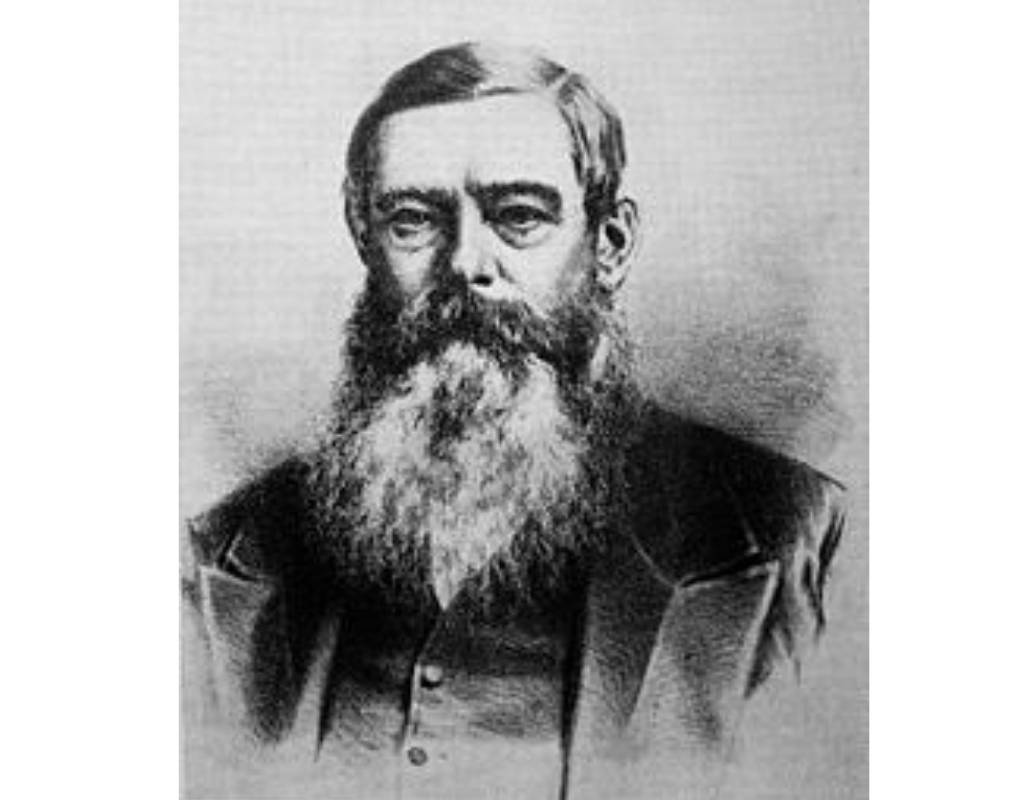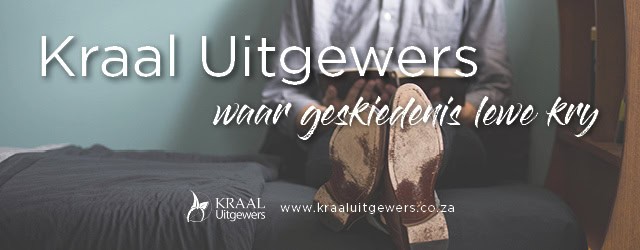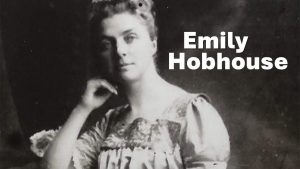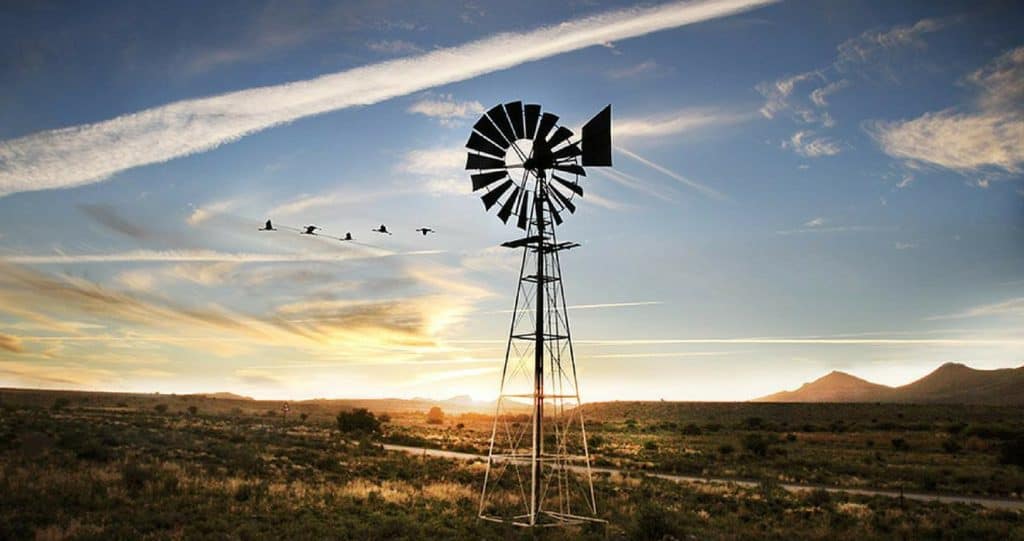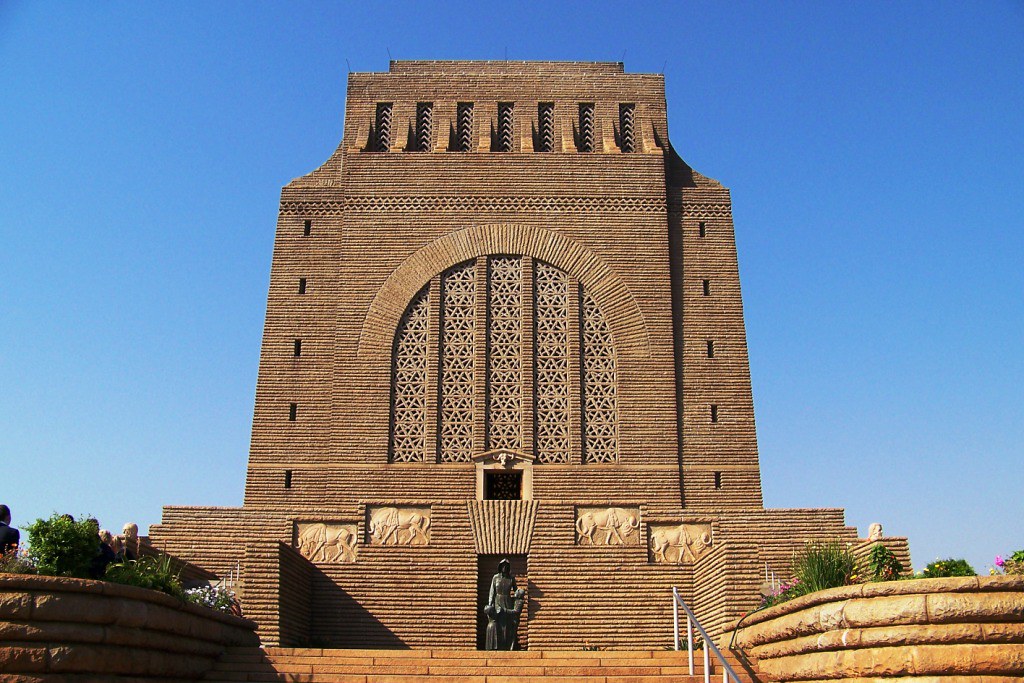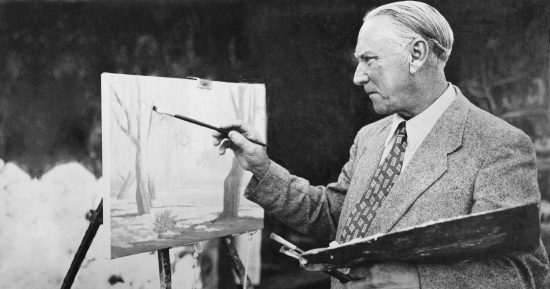Two prominent leaders of the former Boer republics both died on 14 July, exactly 16 years apart. More than 100 years ago, the fourth president of the Orange Free State, Johannes Henricus Brand, or Jan Brand, died on 14 July 1888. Sixteen years later, the most prominent Boer leader of his time, President Paul Kruger, died on 14 July 1904 in Clarens, Switzerland.
But Brand’s legacy has, to a large extent, fallen into oblivion.
Brand was born on 6 December 1823 in Cape Town, and he died on 14 July 1888 in Bloemfontein. Unlike what people often believe about Boer leaders, Brand was highly educated in his lifetime. He was a qualified lawyer and a seasoned politician. After completing his law degree at the South African College in Cape Town, he continued his studies in Leiden in the Netherlands and later also studied in Britain. After completing his studies, he returned to Cape Town and practised as a barrister at the Cape Town High Court. In the 1860s, Brand decided to follow his heart and emigrated to the Orange Free State, where he was elected president in 1863. During his term of office, there was serious conflict between the Free State and the Basotho. Some experts believed that this conflict impoverished the Free State, and under Brand’s leadership, it eventually came to an end.
The discovery of diamonds along the Vaal River and near Kimberley had unprecedented benefits for the Free State Republic. However, it led to fierce disputes with Britain, the Griquas (under chief Nicolaas Waterboer) and the Free State, who all claimed portions of the diamond fields. (The Transvaal and local chiefs also had ownership disputes over diamond fields north of the Vaal River.) The dispute was resolved through arbitration, and the decision was in favour of the Griquas. However, less than two weeks after that ruling, the British proclaimed the area (later known as Griqualand West). Clearly, the Free State suffered the greatest losses in these developments. In 1876 Brand left for Britain and demanded compensation for the illegal annexation of the Free State diamond fields. Britain offered £90 000 as a mark of reconciliation, and Brand accepted the offer on behalf of the Free State. According to the historian Hermann Giliomee, they spent the compensation wisely for the establishment of a state bank to achieve greater independence for the republic.
The issue of the diamond fields has made Brand realise that the two Boer republics had to take a united stand against Britain. In 1872, this led to, among others, a friendship treaty between the Transvaal and the Free State. The treaty drew the two republics closer, and they could support each other against hostilities against the Boer republics.
Pres. Brand’s management held several other benefits for the Free State. According to Giliomee, he emphasised, among other things, a strong legal system to attract trade and investment and fought corruption.
This leader’s legacy is still to be seen today in the capital of the Free State province – whether it be at the historic tree garden, where Brand himself planted the first two trees in 1879, or the old presidency, which was the presidential home of the last three Free State presidents, Brand, Reitz and Steyn. The town of Brandfort in the Free State, which was established in 1866, was also named after this legendary president. Brand was president of the Free State until his death in 1888.
The legacy of President Brand – one of the Free State’s most significant leaders – deserves to be kept alive, and his well-known philosophy that all will be well if everyone does their duty can still be pursued today.



